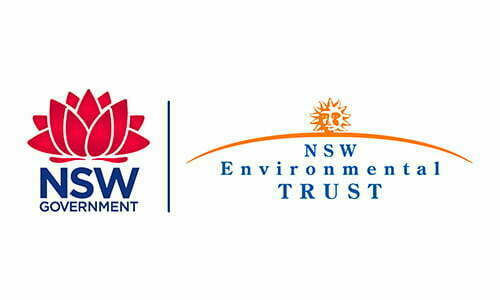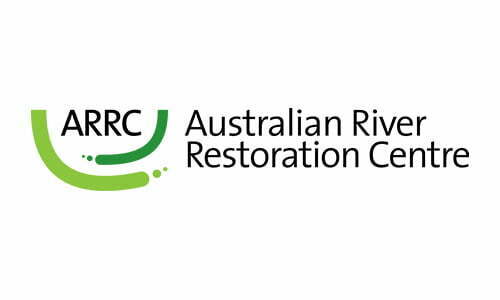Riparian landscapes are essential habitats for birds, and restoring these areas to attract our feathered friends, is a motivating factor for many of our landholders. In conjunction with Greening Australia, this is a guide to assist in improving the abundance of birds on your riparian ‘real estate’.
Birds are excellent short and long-term ‘tenants’ – they improve plant pollination, seed dispersal, increase the abundance of water plants, and control insects. They are also beautiful, with their colour, movement and song making riparian areas special places to be.
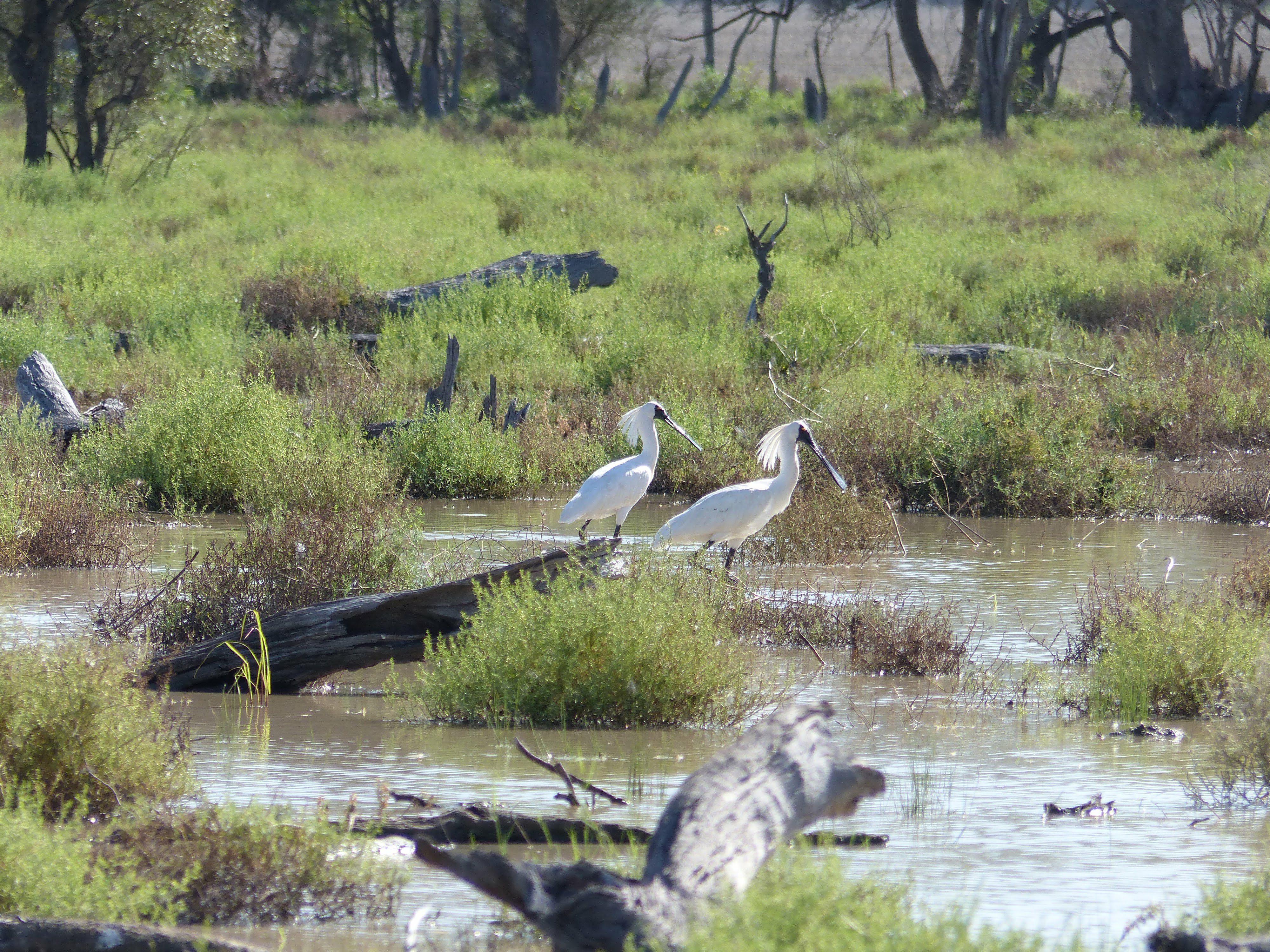
Step 1: Understand what sort of birds use your riparian land
There are a large variety of birds that use and live around waterways. The nature of your riparian zone will determine what species of birds are attracted to it, with different birds requiring different types of habitat. Reeds, deep water, dead trees, sandy banks, mud flats, still pools, swampy meadows, rocks, complex vegetation structure, dense shrubby vegetation and open woodland, are all examples of different waterway environments that attract different bird types. Working out what type of waterway habitat you have on your place will enable you to identify the birds you can expect to visit and possibly ‘move in’.
If you want to attract the greatest variety and abundance of birds, you need to have a wide area of adjoining riparian vegetation along or around your waterway or wetland.

It is also useful to understand how birds use riparian land. Common uses include food, habitat, breeding, water for drinking & washing, refuge in summer, as well as resting places during long migrations, or when travelling through the landscape (most birds prefer to fly short distances from tree to nearby tree).
There are thee different types of birds found in riparian real estate are:
- Waterbirds (use the water directly)
- Birds associated with riparian vegetation (use areas such as the reeds)
- Woodland birds that use waterways for many reasons (can use other habitats too)
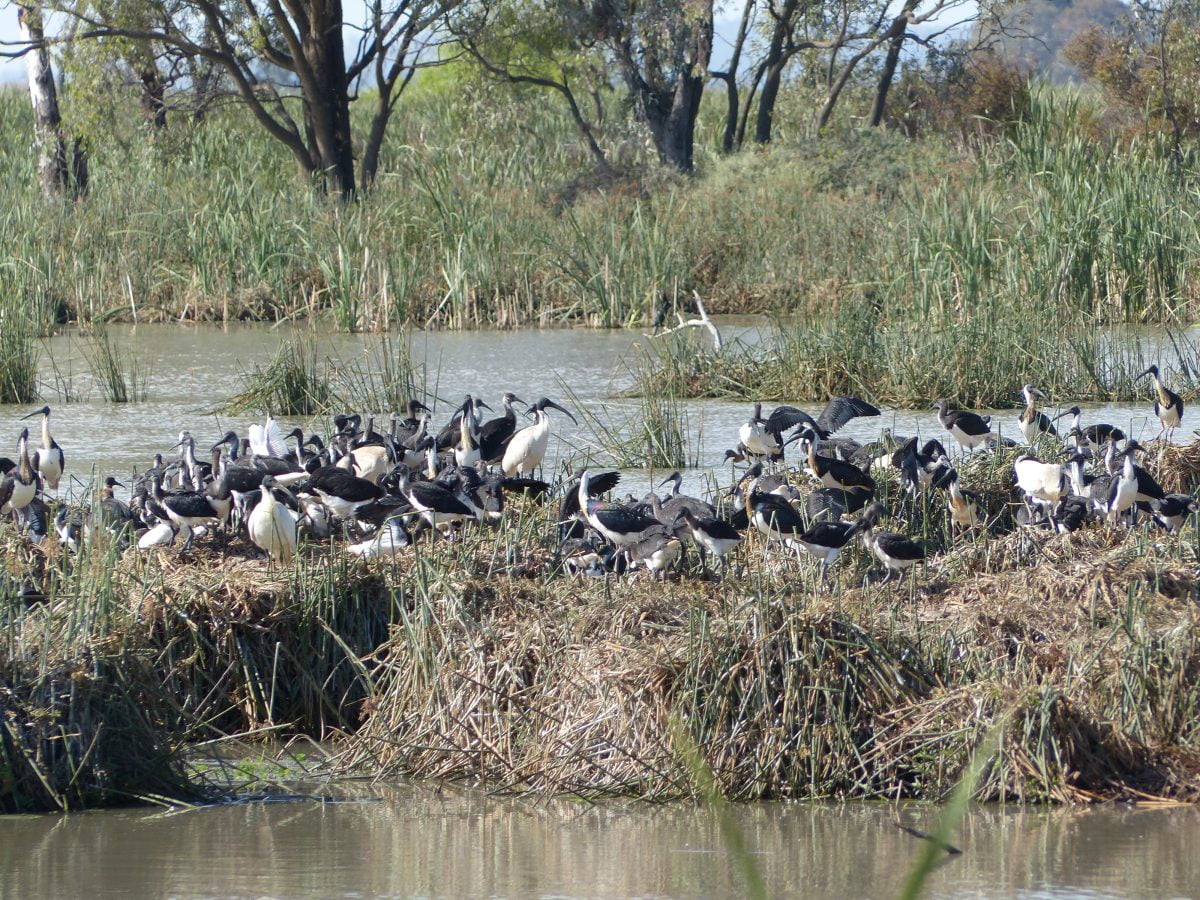
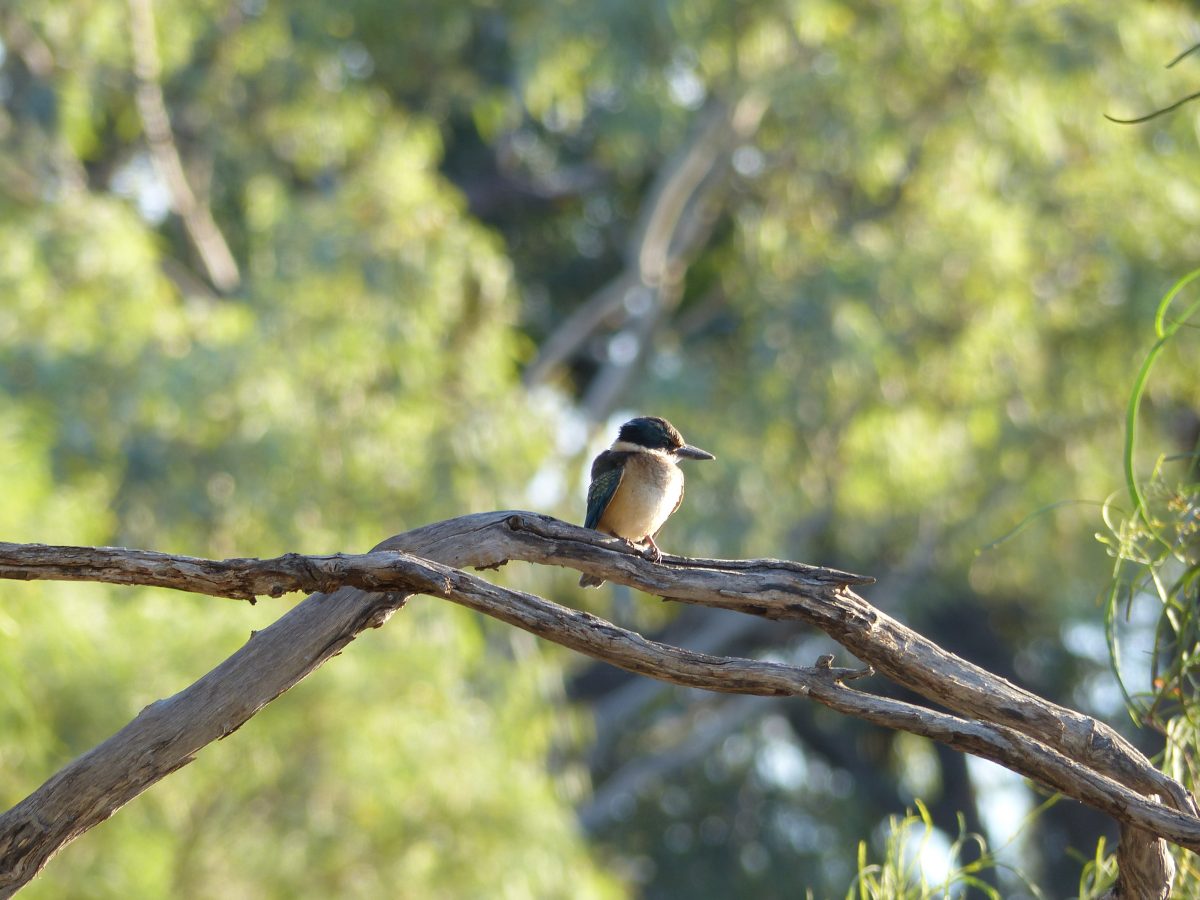

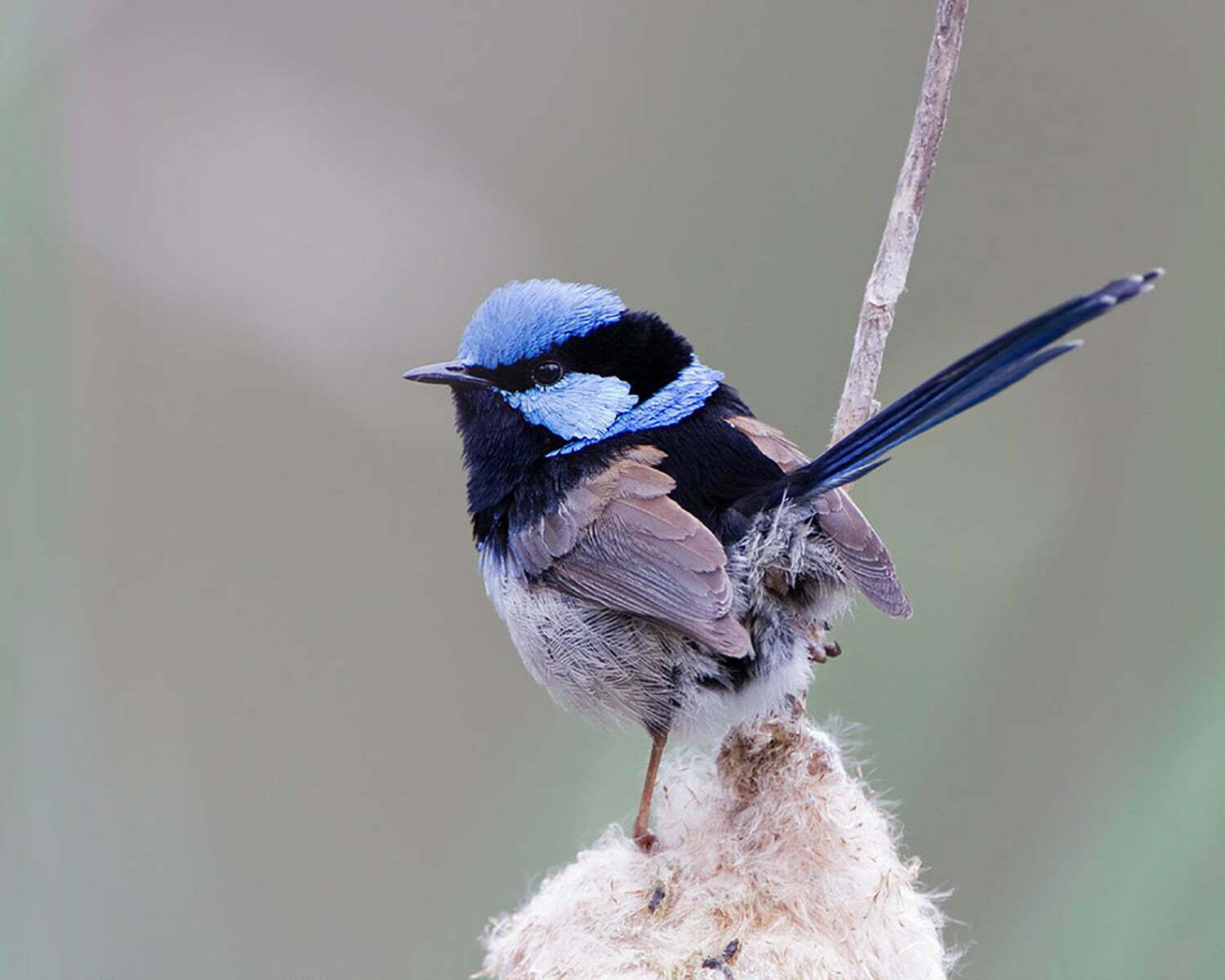
Useful websites and apps for bird identification
- Birdlife Website – www.birdlife.org.au
- Australian Birds Guide – Download for iPhone, Download for Android
- Morcombe’s Birds of Australia – Download for iPhone, Download for Android
- Pizzey & Knight Birds of Aus – Download for iPhone, Download for Android
- Bird Journal – As you get proficient at identifying the birds you see, start using a list to note the location, date, conditions, species, number seen, and so on using a journalling app – Download for Desktop, Download for iPhone, Download for Android
Step 2: Protect remnant riparian vegetation first, restore second
Many of our riparian areas have been impacted by agricultural and urban development. If you have a riparian area that is ‘intact’ which means it has not been cleared, then your first priority is to protect it from stock, feral animals and weeds so that it remains in good condition. If your riparian area is attached to other remnant vegetation like a tree corridor or ‘bush’, then these linkages are also important to protect and maintain. These areas are biodiversity hotspots, and are essential to wildlife survival. Fencing these parts of your farm off is often the best way to protect them and there are often grants available to assist you with the costs of fencing, providing alternative water for stock, and managing weeds. (see for example Rivers of Carbon projects on this website)
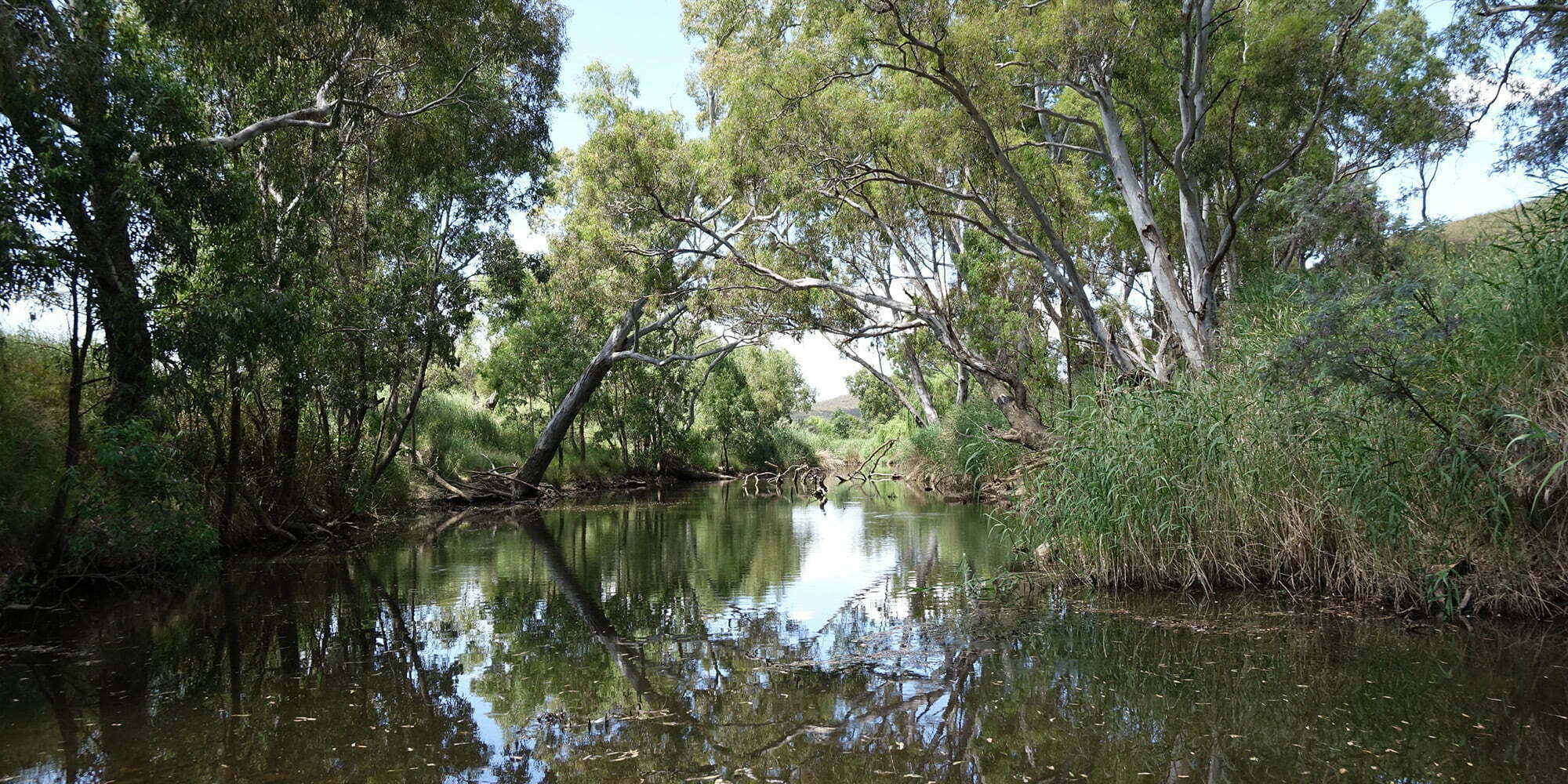
Step 3: Revegetate
Once you have protected the parts of your riparian area in good condition, you can then turn your attention to revegetation. Native revegetation is the key to creating diverse habitats for birds and other wildlife – the earlier it starts the better the results. Research has shown that older revegetation sites have significantly more abundant bird species, with numbers and diversity increasing over time. You need to be patient, however, as it can take time for plants to develop enough for birds to start using the area.
The characteristics listed below are from the native revegetation projects where we found the most diverse bird species. These areas are:
- large in size
- wide in area
- have older vegetation
- feature complex canopy and understorey structures (mix of trees, shrubs, grasses)
- close to remnant vegetation (provide corridors for birds to move along and between)
Studies have shown that riparian bird diversity is highest in land that is ungrazed, with native pasture, and, as mentioned previously, with a wide stretch of vegetation around the riparian zone. In contrast, grazed, native pasture around a riparian zone has lower species diversity abundance, with crop or introduced sown pasture returning even lower bird numbers.
The animation (see below) of research results shows this difference, with the three riparian conditions directly correlating with the number of bird species.

During revegetation, you can plant species that will attract particular birds. For example, the Superb Parrot generally returns five years after revegetation, and is particularly attracted to wattle seeds.
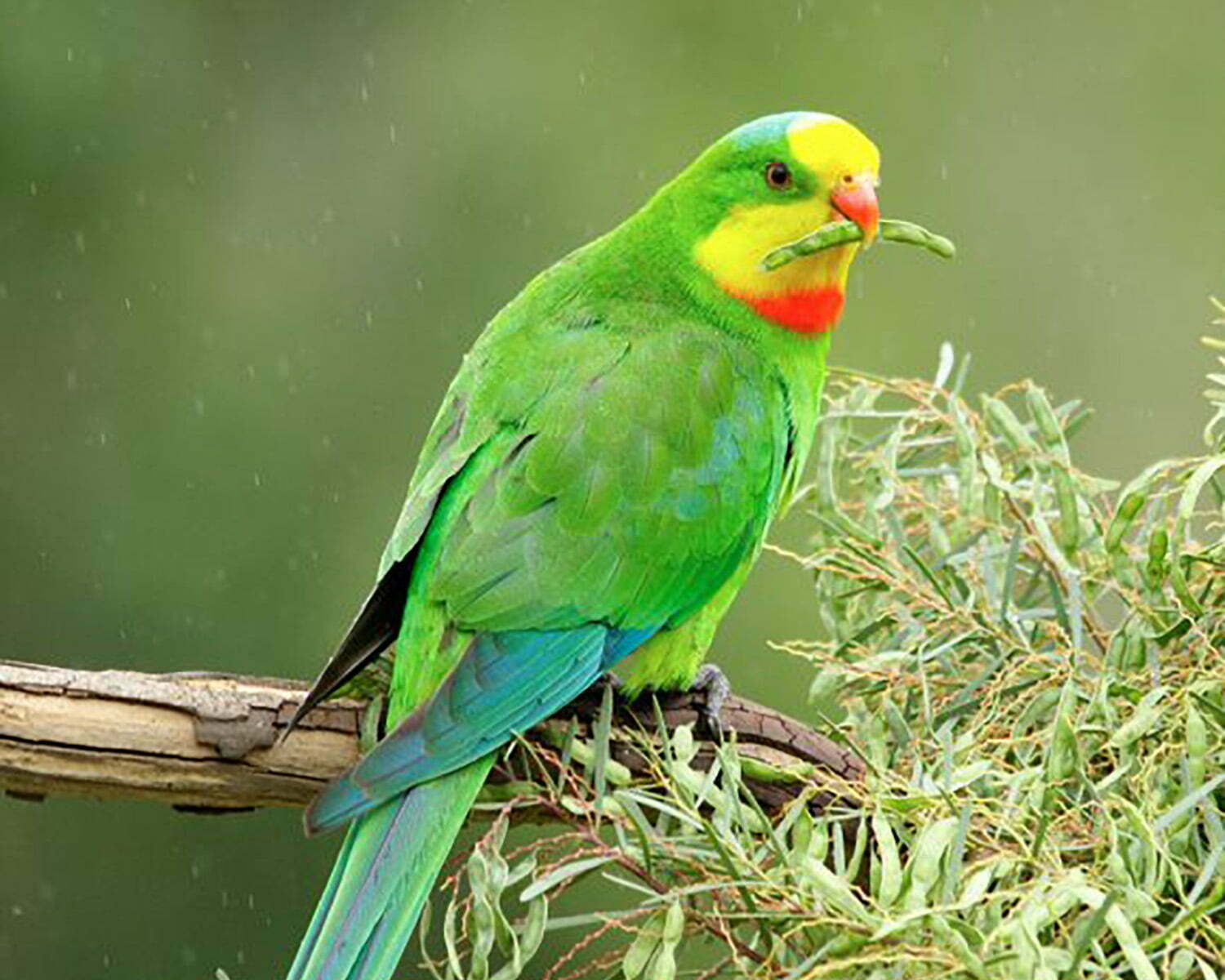
Revegetation also reduces the presence of pest species. For example, the Noisy Miner is deterred by understorey growth and the planting of native wattle trees.
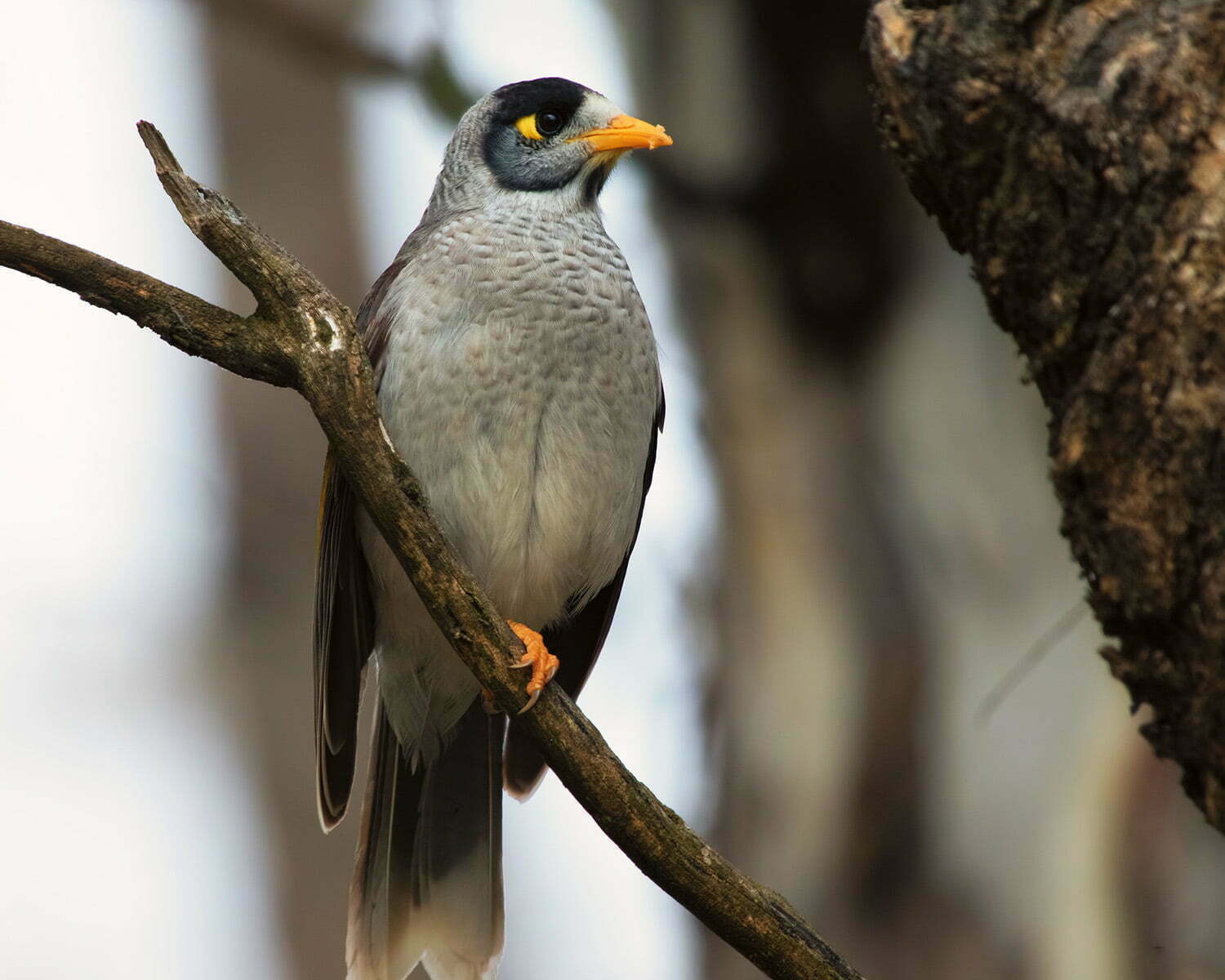
When making a decision about where to focus your efforts, it is good to prioritise those sites with a ‘high recovery trajectory’. A high recovery trajectory site is one that is often close to remnant vegetation, already has some native under or over storey, and does not require too much work to stabilise erosion and control stock. When you go ahead and start your revegetation, connecting your riparian area to remnant vegetation through a corridor facilitates movement, access to resources like food, and migration. For example, birds that only travel short distances by flying between trees, such as the Black-faced Cuckoo-shrike, rely on those corridors to connect them to vital water sources. This is particularly important in Australia’s drying climate, as riparian areas create micro-ecosystems with an easily accessible water source.

Step 4: Complex and varied habitats
Having a mix of plants and habitats is important in riparian zones to cater to different bird species. For example, tall native shrubs are important for small woodland birds and deter invasive species like the Noisy Miner bird. Mature trees are prime real estate, as they often have hollows that birds can call home.
New vegetation also has value in attracting birds. The Rufous Whistler responds rapidly to the planting of trees and shrubs while other bird species prefer swamps, shrubs, and tussock grasses, and do not live in habitats with canopy cover. The key is to work out what type of riparian area you have (wetland, creek, swampy meadow) and to revegetate with the native species relevant to that habitat. Greening Australia, your local ornithological group, Land for Wildlife or groups like Rivers of Carbon can help you work out what and where you need to plant to attract brids to your riparian real estate.
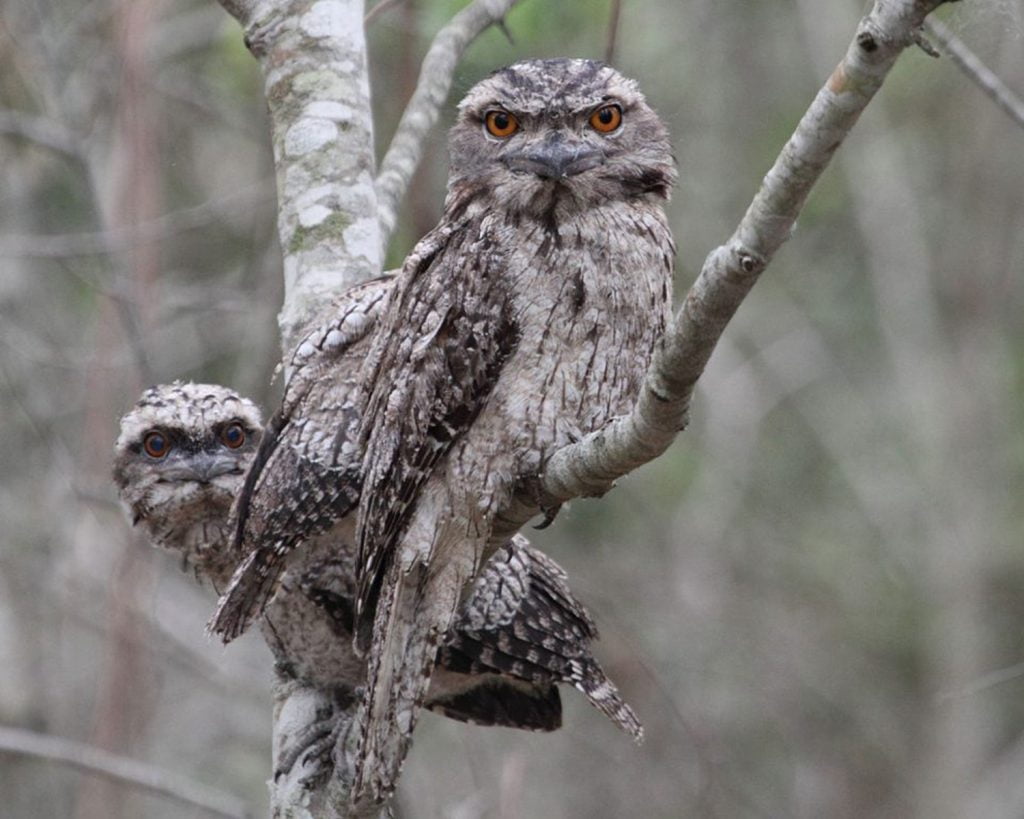
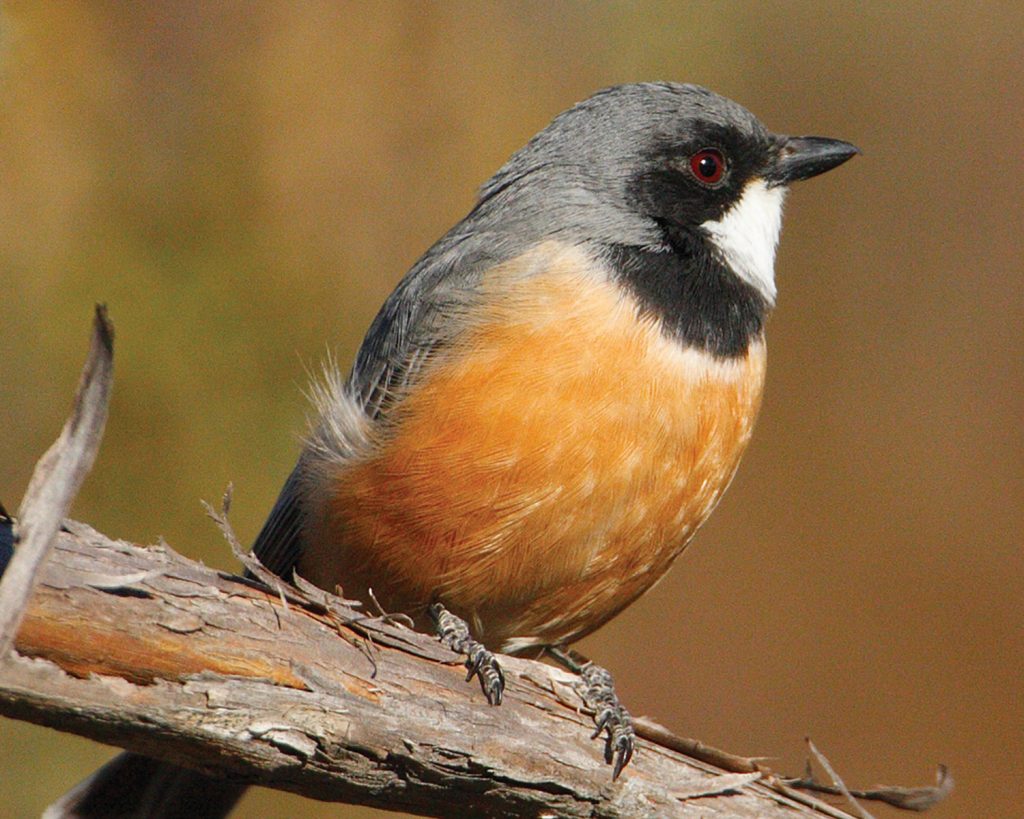
Step 5: Be patient, allow waterways to regenerate and move
We need to allow and accept that waterways need time to regenerate. Revegetation can be quick (few years) or slow (decades) depending on environmental conditions. We need to allow time for nature heal, as well as providing enough ‘room’ for the river or waterway to move. Streams, creeks and wetlands are not static, they are constantly moving, with riverbanks and riverbeds changing according to waterflow. This is why it is so important to have as much land around the riparian area as possible so that water can move in, out and across adjoining land.
Although it is sometimes hard for us to equate good management of riparian areas with ‘mess’, that is exactly the sort of habitat birds and other wildlife require. A ‘messy’ riparian area is one that has leaf litter, logs, grasses, shrubs and trees, all of which provide homes, food and safety for birds and other wildlife. We have some more information about why we need ot ‘mess up’ the riparian zone in the resources section of this website.
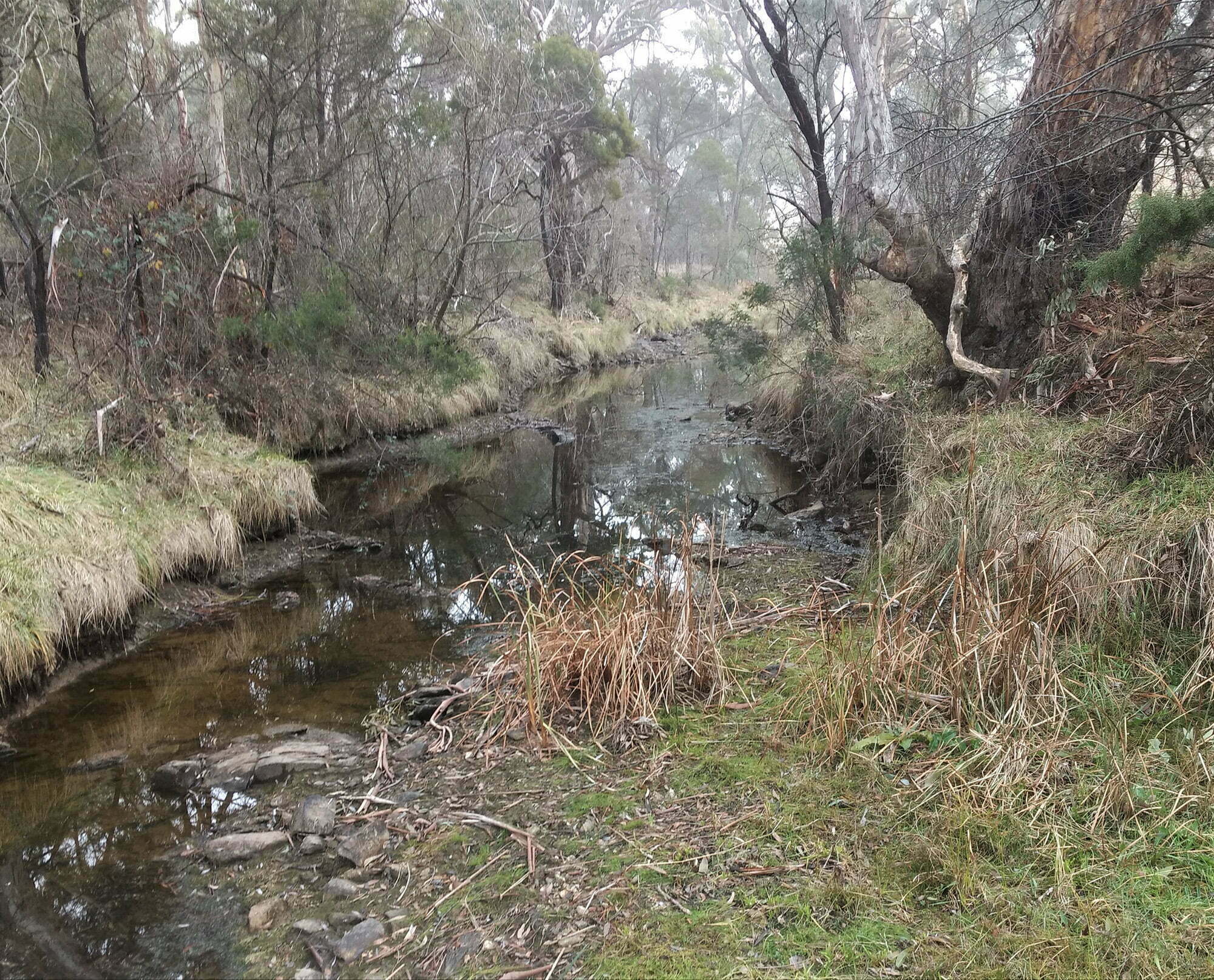
Step 6: Enjoy your regenerated riparian ecosystem and its beautiful wildlife!

Recap
- Work out what type of riparian land you have and what sort of birds it will attract.
- Protect remnant riparian vegetation.
- Revegetate native plants on a wide scale.
- Ensure a variety of complex and varied habitats.
- Allow waterways to move and regenerate in their own time.
This guide was created by Lucy Wenger, Nicki Taws, Kate McKenna and Siwan Lovett.
All images directly supplied by or reproduced by Rivers of Carbon and Greening Australia, with permissions from the copyright owner(s), unless stated otherwise.
